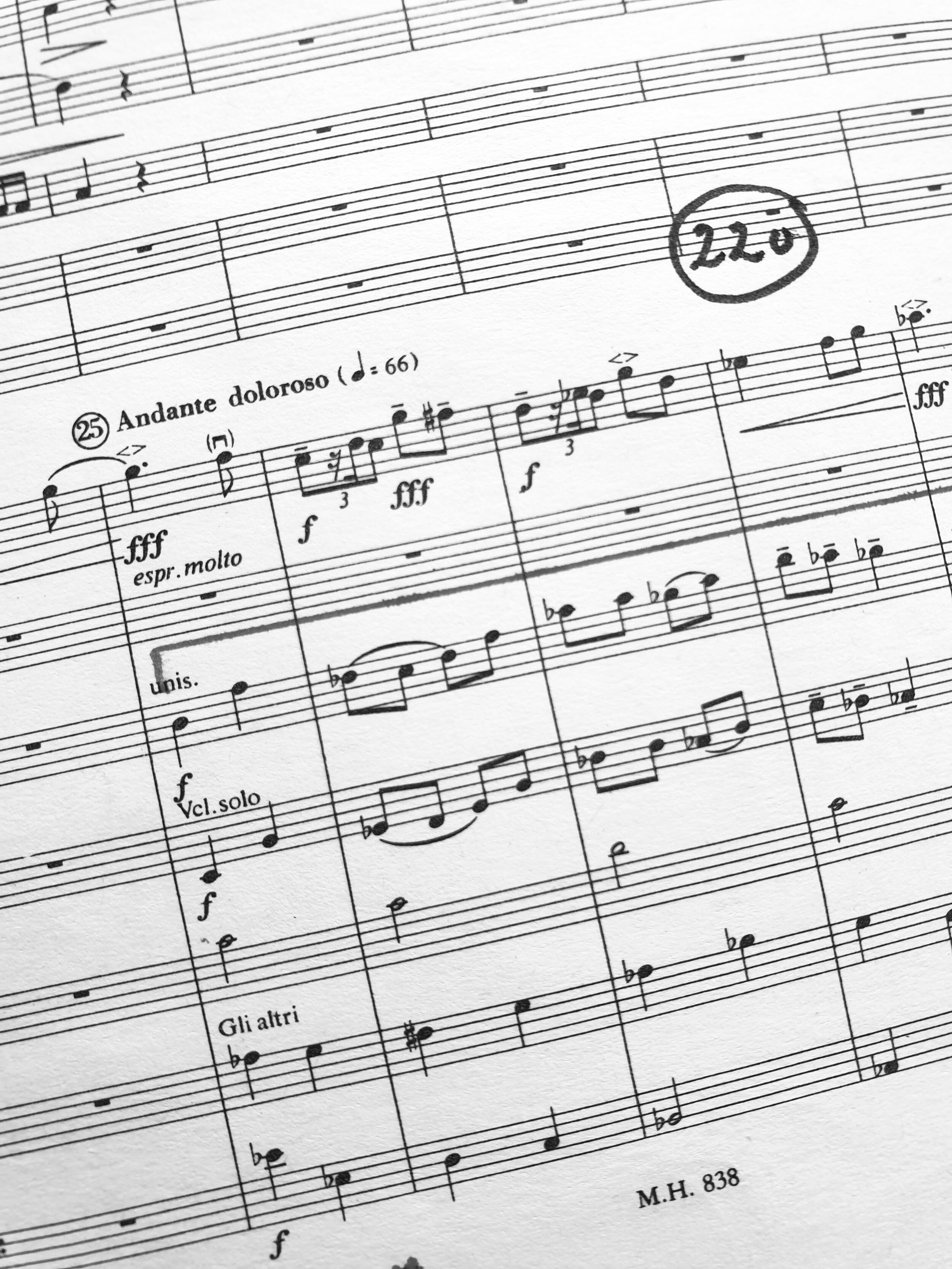Nordiske klassikere: Trond Husebø om Sinfonia Dolorosa
As Quarantine time is a perfect time to expand your repertoire, Quarantine Classics provides a series of musicians sharing their favorite Nordic gems. Conductor Trond Husebø has had the sheer intensity and drama of Sæveruds Sinfonia Dolorosa close to heart ever since hearing it live in Bergen in 1998, sparking a passionate interest in Norwegian music.
On April 30, 1942, the German occupying forces in Norway ordered the eradication of the small coastal village of Telavåg, just outside of Bergen. A few days earlier, two Gestapo officers had been murdered in a hunt for two Norwegian resistance fighters, and the German retribution was as ruthless as it was efficient. All men aged between 16-60 were arrested and sent to concentration-camps. 31 of whom were never to return. Women, children and the elderly were taken away, and sent to a prison camp in Framnes, Hardanger. Telavåg was erased from the map. It was supposed to be as if the place had never existed.
Deeply moved by this tragic event, Norwegian composer Harald Sæverud would later that same year compose his symphony nr 6, Sinfonia Dolorosa (Symphony of Agony). Whereas the more famous «Ballad of Revolt» was dedicated to the tireless fighting of the Norwegian Homefront, and his symphony nr 5 «Quasi una Fantasia» was later to be named The Symphony of Resistance, Sinfonia Dolorosa would ultimately stand as a monument over the human sufferings of war, and was dedicated after the war to the memory of Audun Lavik, a Norwegian resistance fighter executed in 1944.
The symphony itself is a relatively short one-movement composition, lasting about 12 minutes. One is immediately presented with the three main themes, all being different expressions of an emotionally distressed and desperate character. These themes do not undergo a traditional development throughout the symphony, but are varied upon and juxtaposed without following a very strict traditional form. Instead it brings the listener along on an emotional journey, using the themes as building-blocks. Sæverud himself didn't appear to have a very clear intent about the form, and would only later express that the symphony might be seen as having three parts, where the second is very short but all the more meaningful. In this passage there is a theme that appear only once, and Sæverud wrote about this in a letter:
….now I see even clearer that what makes this (part) independent is that the heartwrenching melody in 1. violins and piccolo, is of far greater importance than the main theme below, -where the grief sings its weighty melody, - while the sharp stabs above (picc fff) are the strongest expressions of agony in the entire symphony. This is indeed the climax, from a human standpoint (...)Thanks to our encounter in Knudsens attic, I experienced the form of the symphony even more clearly, and this brings me great delight.
The symphony rises towards a mighty climax in the end, and the orchestra keeps tearing at itself from within until the very last chord, where there finally is a ray of hope and triumph for the very first time.
Sinfonia Dolorosa is, together with other contemporary pieces of art, an important testament to the struggles and sufferings previous generations had to endure. As with the Ballad of Revolt, this symphony deserves to be frequently performed in order to remind ourselves of our imminent past and history.
There are several high quality recordings available, like this with Bergen Philharmonic Orchestra, recorded as part of Sæveruds centennial anniversary.
If you are interested in similar pieces of music, you should check out the emotional piece «Lidice», written by Martinu. It is written the same year, to commemorate a similar tragedy in Czechoslovakia.
Trond Husebø is a Norwegian conductor, and has worked extensively throughout Norway as well in Scandinavia. In recent years he has appeared regularly with orchestras like the Oslo Philharmonic and Stavanger Symphony amongst several others, From 2009 to 2011 he was assistant conductor in Bergen Philharmonic orchestra, working closely with the conductors and the orchestra. Parallel with his conducting he has also contributed to Dirigentløftet both as a teacher and consultant.


